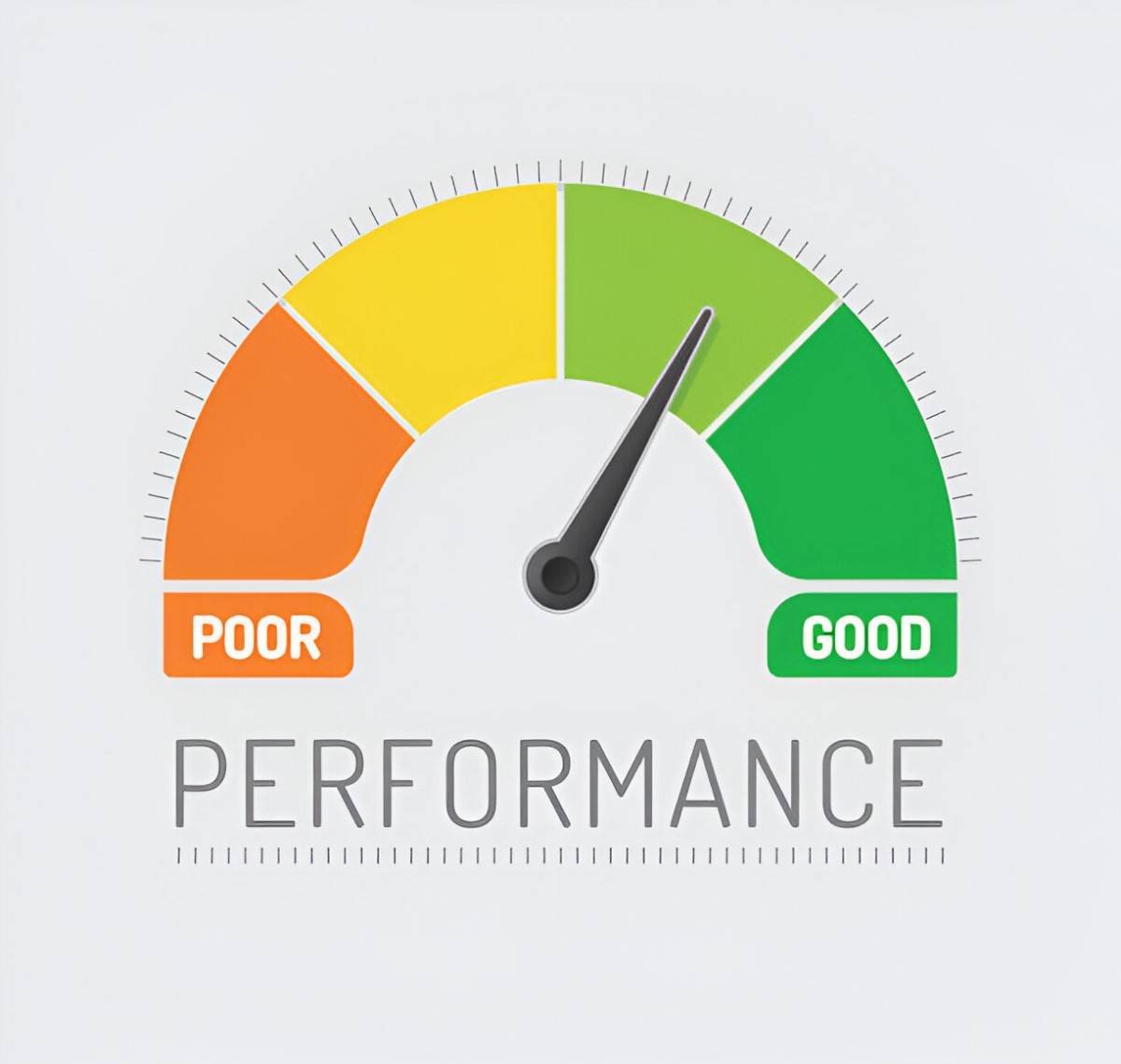Performance indicators shape how businesses measure success. Without them, decision-making lacks precision. I rely on these metrics to assess financial health, operational efficiency, and strategic direction. In this article, I explain key performance indicators (KPIs), their calculations, and why they matter.
Table of Contents
Why Performance Indicators Matter
Businesses thrive when they track the right metrics. A company may report high revenue but struggle with cash flow. Another may boast efficiency but fail to retain customers. Performance indicators reveal these nuances.
Consider a retail store. Sales growth looks strong, but inventory turnover lags. Without tracking both, the owner might overstock, tying up capital. Performance metrics prevent such blind spots.
Financial Performance Indicators
Financial KPIs measure profitability, liquidity, and solvency. Investors and lenders scrutinize these numbers.
1. Gross Profit Margin
Gross profit margin shows profitability after accounting for production costs. The formula is:
\text{Gross Profit Margin} = \left( \frac{\text{Revenue} - \text{Cost of Goods Sold}}{\text{Revenue}} \right) \times 100Example: A company earns $500,000 in revenue with $300,000 in COGS.
\text{Gross Profit Margin} = \left( \frac{500,000 - 300,000}{500,000} \right) \times 100 = 40\%A 40% margin means $0.40 of each dollar remains after covering production costs.
2. Net Profit Margin
Net profit margin accounts for all expenses, including taxes and interest.
\text{Net Profit Margin} = \left( \frac{\text{Net Income}}{\text{Revenue}} \right) \times 100Example: With $500,000 revenue and $50,000 net income:
\text{Net Profit Margin} = \left( \frac{50,000}{500,000} \right) \times 100 = 10\%A 10% margin indicates efficiency in managing overall costs.
3. Current Ratio
The current ratio measures liquidity—ability to cover short-term liabilities.
\text{Current Ratio} = \frac{\text{Current Assets}}{\text{Current Liabilities}}Example: A business has $200,000 in current assets and $100,000 in current liabilities.
\text{Current Ratio} = \frac{200,000}{100,000} = 2.0A ratio above 1.0 suggests sufficient liquidity. Below 1.0 signals potential cash flow problems.
4. Debt-to-Equity Ratio
This ratio assesses financial leverage.
\text{Debt-to-Equity Ratio} = \frac{\text{Total Liabilities}}{\text{Shareholders' Equity}}Example: A firm has $400,000 in liabilities and $200,000 in equity.
\text{Debt-to-Equity Ratio} = \frac{400,000}{200,000} = 2.0A high ratio (like 2.0) indicates reliance on debt, which increases risk.
Operational Performance Indicators
Operational KPIs track efficiency and productivity.
1. Inventory Turnover
Inventory turnover measures how quickly stock sells.
\text{Inventory Turnover} = \frac{\text{Cost of Goods Sold}}{\text{Average Inventory}}Example: COGS is $300,000, average inventory is $50,000.
\text{Inventory Turnover} = \frac{300,000}{50,000} = 6.0A turnover of 6.0 means inventory sells six times per year.
2. Employee Productivity
Revenue per employee gauges workforce efficiency.
\text{Revenue per Employee} = \frac{\text{Total Revenue}}{\text{Number of Employees}}Example: $1,000,000 revenue with 20 employees.
\text{Revenue per Employee} = \frac{1,000,000}{20} = 50,000Higher values suggest better productivity.
Customer Performance Indicators
Customer metrics reveal satisfaction and retention.
1. Customer Acquisition Cost (CAC)
CAC calculates the cost to gain a new customer.
\text{CAC} = \frac{\text{Marketing and Sales Expenses}}{\text{Number of New Customers}}Example: $50,000 spent to acquire 500 customers.
\text{CAC} = \frac{50,000}{500} = 100A CAC of $100 must be justified by customer lifetime value (LTV).
2. Customer Lifetime Value (LTV)
LTV estimates total revenue from a customer.
\text{LTV} = \text{Average Purchase Value} \times \text{Purchase Frequency} \times \text{Customer Lifespan}Example: A customer spends $50 monthly for 3 years.
\text{LTV} = 50 \times 12 \times 3 = 1,800An LTV of $1,800 justifies a $100 CAC.
3. Net Promoter Score (NPS)
NPS measures customer loyalty. Customers rate likelihood to recommend (0-10). Scores classify as:
- Promoters (9-10)
- Passives (7-8)
- Detractors (0-6)
Example: 60% Promoters, 20% Detractors.
\text{NPS} = 60 - 20 = 40Scores above 50 indicate strong loyalty.
Comparative Analysis
Different industries prioritize different KPIs.
| Industry | Key Metric | Benchmark |
|---|---|---|
| Retail | Inventory Turnover | 6-8 |
| SaaS | LTV/CAC Ratio | 3.0+ |
| Manufacturing | Employee Productivity | $200K+ |
Advanced Metrics
1. Return on Equity (ROE)
ROE measures profitability relative to equity.
\text{ROE} = \frac{\text{Net Income}}{\text{Shareholders' Equity}} \times 100Example: $100,000 net income with $500,000 equity.
\text{ROE} = \frac{100,000}{500,000} \times 100 = 20\%A 20% ROE suggests effective use of capital.
2. Economic Value Added (EVA)
EVA calculates true economic profit.
\text{EVA} = \text{Net Operating Profit After Tax} - (\text{Capital} \times \text{Cost of Capital})Example: NOPAT is $150,000, capital is $1M, cost of capital is 10%.
\text{EVA} = 150,000 - (1,000,000 \times 0.10) = 50,000Positive EVA means value creation.
Common Pitfalls
- Vanity Metrics: Tracking metrics that look good but lack actionable insights (e.g., total website visits).
- Overlooking Context: A high ROE may stem from excessive debt, not operational efficiency.
- Ignoring Industry Benchmarks: A 5% net margin may be strong in groceries but weak in software.
Final Thoughts
Performance indicators guide strategic decisions. I use them to diagnose problems, set goals, and measure progress. The right KPIs depend on industry, business model, and objectives. By mastering these metrics, businesses gain clarity and drive sustainable growth.





